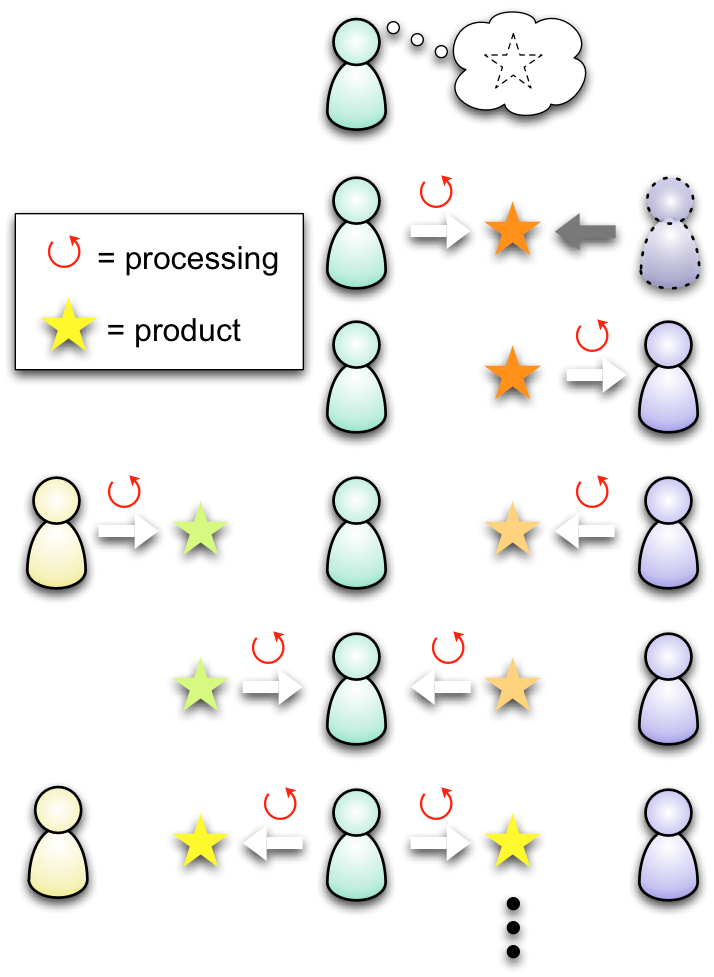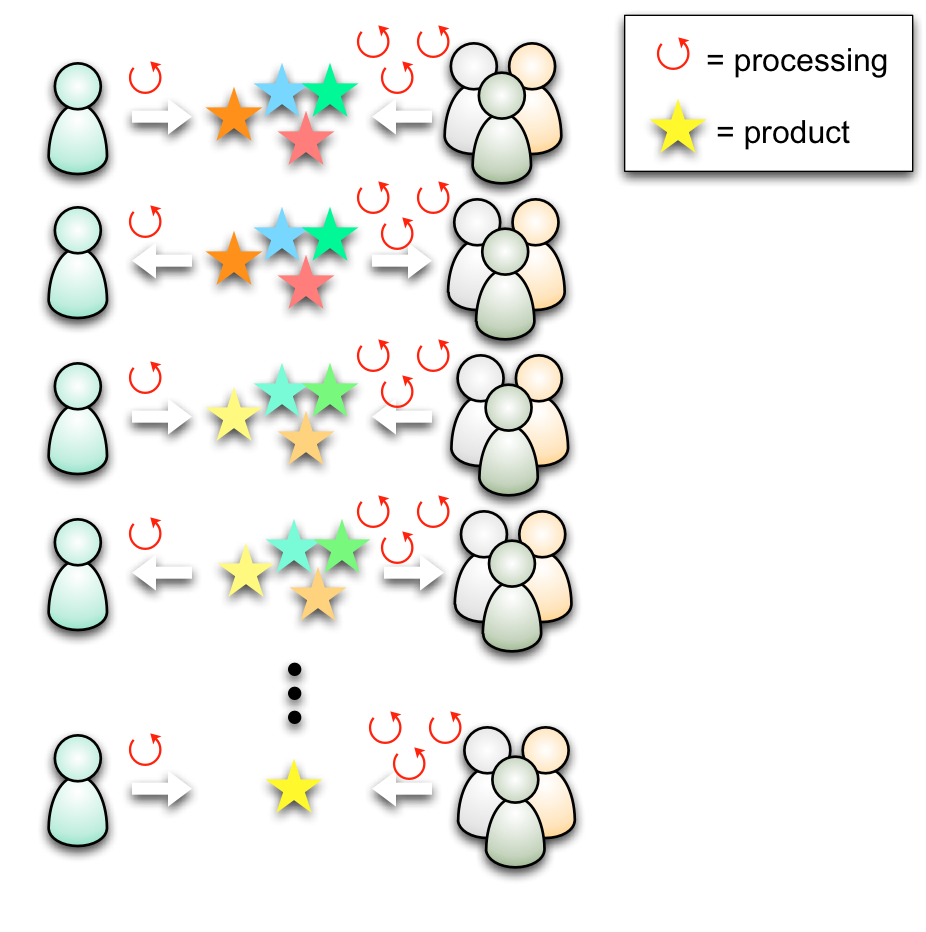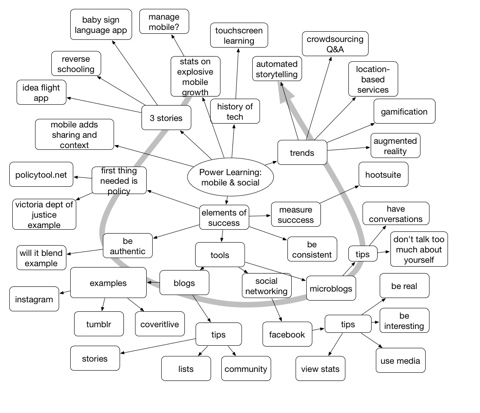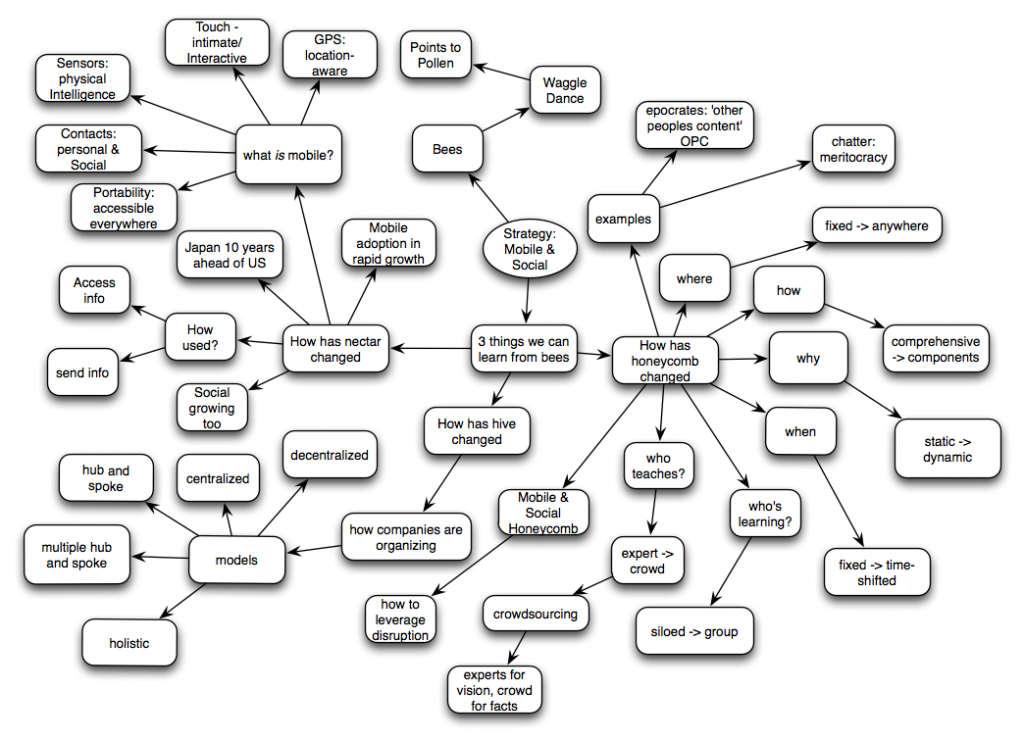The travel schedule is booting up again, and I’ll be hither and yon speaking about this and that for a good part of the coming two months. More specifically:
- From 2-3 Oct I’ll be running a two day elearning strategy workshop at Learning 3.0 in Chicago. If you want to get above the individual tactics and see how the pieces fit together, and work on a plan for you and your org, I hope to see you there. Then on Tuesday the 4th, I’ll be talking about creating Engaging Learning.
- Then, on 12 Oct in Laguna Niguel at the CLO Fall Symposium, I’ll be joining with my ITA colleagues Jay Cross and Jane Hart to talk about controversial issues for CLOs. This will be fun and worthwhile, as we will be aiming at some sacred cows.
- It’s off to Las Vegas at the beginning of November for DevLearn, where I’ll be running a mobile learning strategy session on the the 1st. If you want to get beyond just designing a one-off, and look at the broader picture of how to make mobile a part of your solution, it’s the place to be.
- That’s followed by Learning 2011 in Orlando Nov 6-9, where I’ll be hosting an author session for Designing mLearning.
- I’m still not done, as I head later that week to DC to speak to the local ASTD chapter with a talk on mobile learning and a social learning workshop. That latter will talk about both formal and informal learning, as well as looking at the different tools.
- And, to cap it off, I’ll be presenting at the Canadian Society for Training & Development’s annual conference in Toronto on Friday the 18th of November, looking forward and more broadly at the role of learning in the organization.
That may seem like a lot (and it is), but traveling on only one continent will seem easy after this past May-August ;). I hope to see you at one or more of these learning events!



